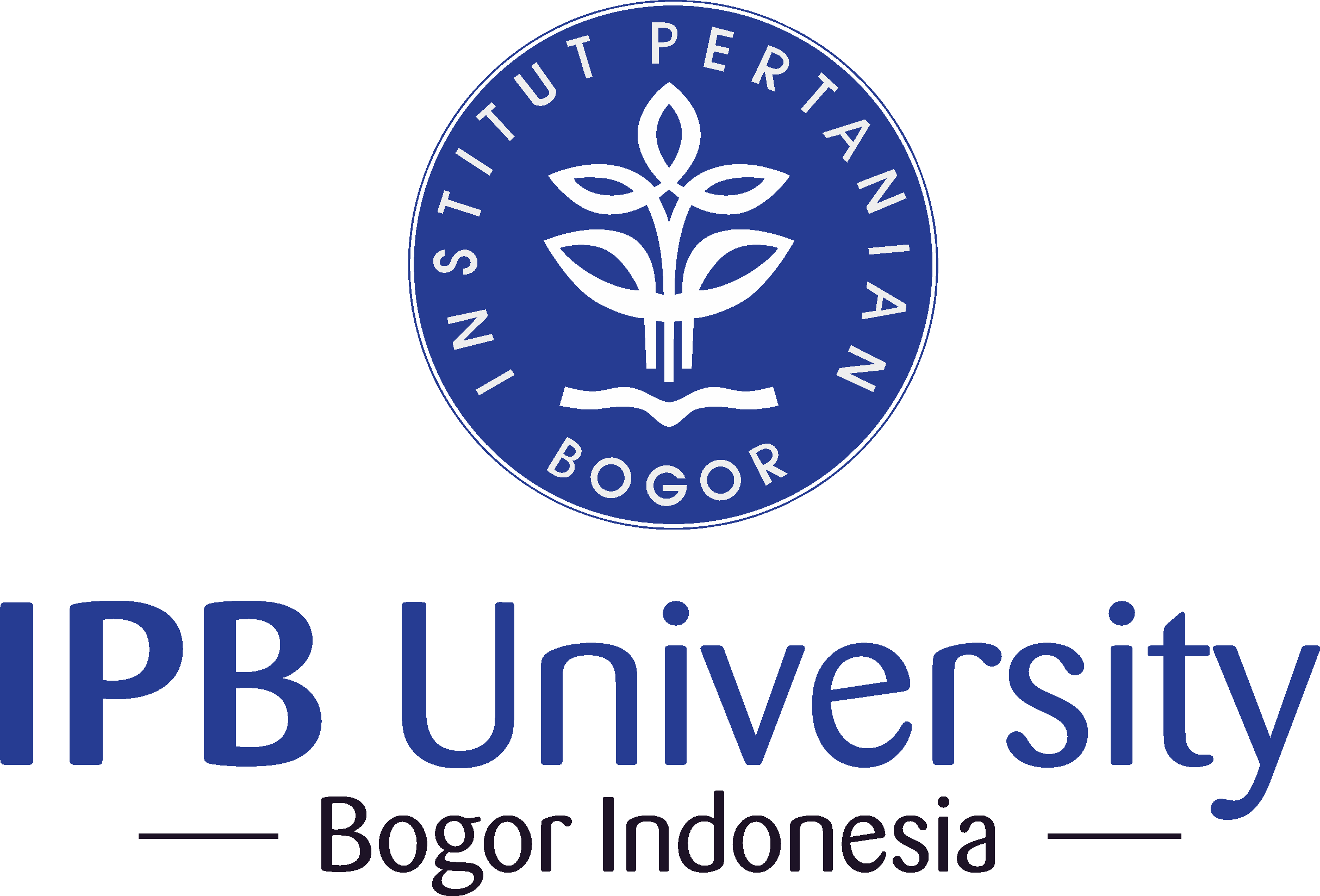COI Gene Analysis of Asian Horseshoe Crab in Banyuasin Estuarine Waters, Sumatra, Indonesia
Abstract
There is limited study on DNA barcoding of horseshoe crabs in South Sumatra, Indonesia. The present study was the first to record horseshoe crabs' COI DNA barcoding in three localities of Banyasin estuarine waters. The nucleotide composition was in a strong adenine thymine bias (AT = 63.90%) with high haplotypic diversity (Hd = 0.858) relative to low nucleotide diversity (π = 0.0534). A total of 16 haplotypes were recorded, of which two were in Carat Cape, 4 in Makati Jaya, and 12 in the Banyuasin river estuary (BRE), and Hap 1 was a dominant type (62.5%). The population differentiation (FST) value was varied, and only in the comparison of BRE-Carat Cape was significant (FST = 0.637), while the gene flow (Nm) value in Makati Jaya-BRE was high (6.563). The neutrality test, Tajima's D (0.4142), and Fu's Fs values were negative (-0.492), suggesting these populations have experienced a current bottleneck or multiplication. Analysis of molecular variation (AMOVA) suggested that 68% was distributed within populations. The haplotype network, PCoA, and phylogenetic of COI DNA sequences clustered in three groups correspond to Carcinoscorpius rotundicauda, Tachypleus gigas, and Tachypleus tridentatus. This finding is a matter of concern for managing and conserving horseshoe crab species in Banyuasin estuarine waters.
Downloads
Copyright (c) 2023 Fatimah Fatimah , Apon Zaenal Mustopa, Fauziyah, Anna Ida Sunaryo Purwiyanto, Langgeng Priyanto, Nita Puspita Sari, Fitri Agustriani, Rozirwan Rozirwan

This work is licensed under a Creative Commons Attribution-NonCommercial 4.0 International License.
HAYATI J Biosci is an open access journal and the article's license is CC-BY-NC. This license lets others distribute, remix, tweak, and build upon author's work, as long as they credit the original creation. Authors retain copyright and grant the journal/publisher non exclusive publishing rights with the work simultaneously licensed under a https://creativecommons.org/






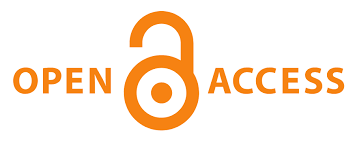



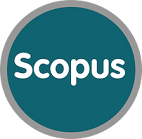
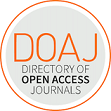




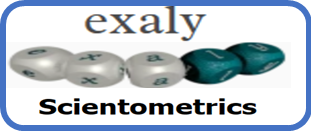




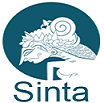

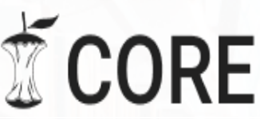
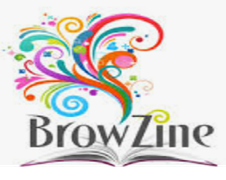
.png) IPB University
IPB University Department of Biology
Department of Biology The Indonesian Biological Society
The Indonesian Biological Society 